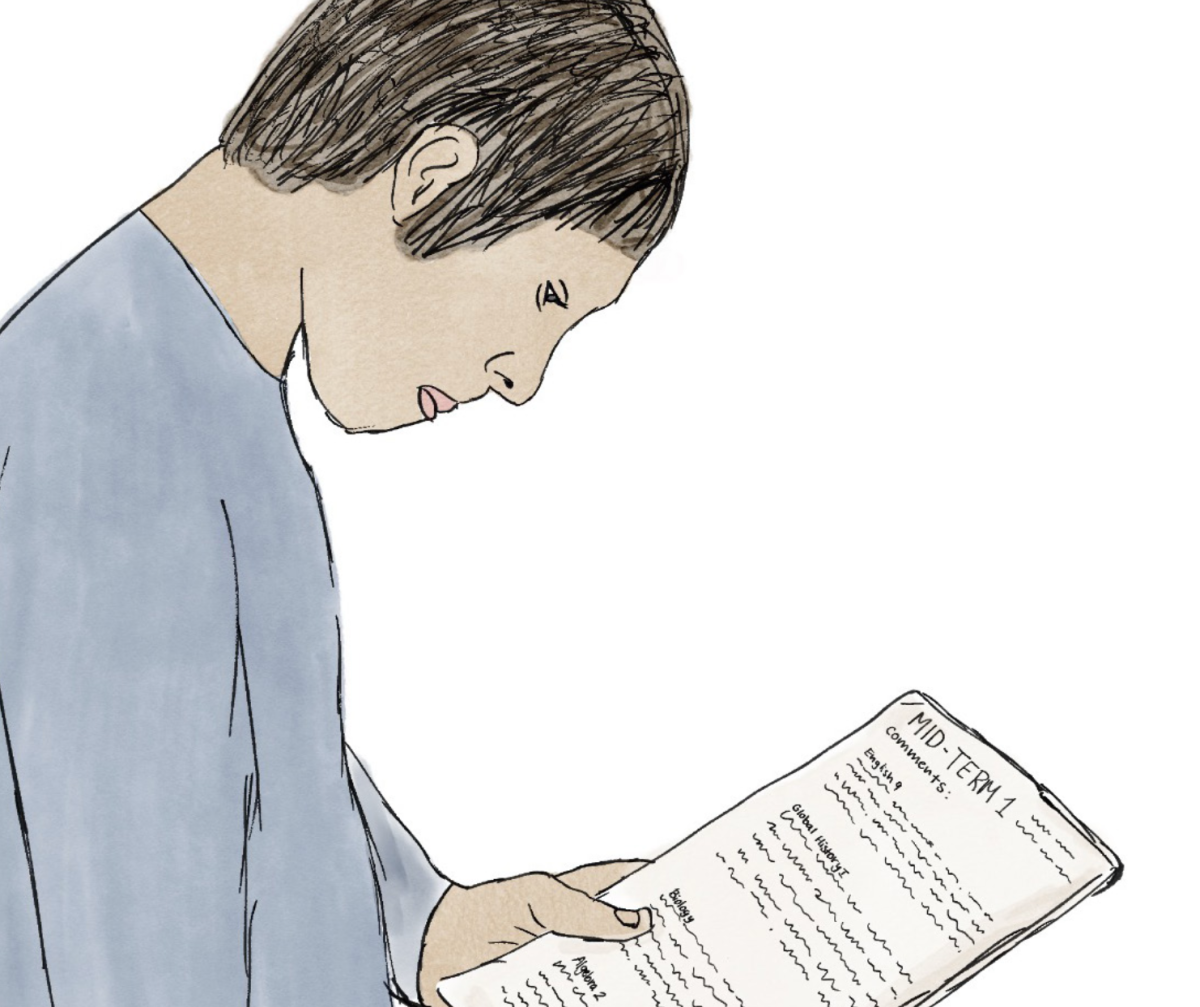I have always gravitated toward character-driven stories— worlds in which the cast is so complex and compelling that it makes you want to travel to their alternate universe and yell at them for their frustratingly-relatable decisions or realistic stubbornness. Most of the books and shows I watch center around intriguing characters rather than the plot, a theme I can trace back to my own writing style.
When crafting short stories, I always begin with a character or two and develop everything about them. I fine-tune and etch their qualities—ranging from their most personal secrets and motivations to the smallest details of their appearance—to a precise level of detail. It is only after I feel as if my characters could leap off of my Google Doc and walk into real life that I begin to tackle what my story will be about.
The transition from character building to planning the story itself is usually where I struggle. How do I create an interesting beginning, middle, and end after meticulously creating these groups of characters which I have grown too attached to?
My slight indifference regarding plot has made me fall in love with shows like “Gilmore Girls,” a series that, whether I care to admit it or not, made me realize I can see myself in each character. “Normal People” and “Conversations with Friends” by Sally Rooney caused me to both cringe at the morally-gray characters’ lack of communication skills and be physically incapable of putting the novel down.
At first, I didn’t make the connection between these two pieces of media since “Gilmore Girls” is a staple comfort-TV show set in a charming small town in Connecticut, while Sally Rooney’s novels are set in Dublin. Shockingly, it was only when talking with others about “Gilmore Girls” or reading Goodreads reviews on Rooney’s novels did I realize that some of my favorite pieces of media had one common critique: “nothing really happens.”
I’ve heard the criticism before, and have often agreed, but when it came to shows that I actually enjoyed, I immediately became defensive. If a book or a show is uninteresting, I immediately abandon it, meaning these stories couldn’t be boring. This begs the question: What makes these shows so captivating to me, while many others believe that “nothing really happens?” The conundrum piqued my interest, and I wanted to see these stories through a different perspective.
I began by thinking back on what I liked about “Gilmore Girls,” and why I could not relate to the claims that it was boring. Everything from the setting, the dynamics between the quirky characters, and the impressively-quick and complex references made the show special to me. The basic premise of the show enticed me, but the deeper meaning behind the characters’ motivations and behaviors made “Gilmore Girls” one of my favorite series.
When looking at the dynamics between Rory’s grandparents or her relationship with Logan, “Gilmore Girls” often tackles the Gilmores’ generational trauma and wealth. The series also uses Lorelai and Rory to see how people can claim to reject their privilege and support themselves on their own but are still benefiting from their family’s support and influence. So, while “Gilmore Girls” may not have shocking deaths, fight scenes, or gripping feuds–although I would say it has its fair share of drama–things certainly happen throughout its seven-season run.
In my advocacy for “boring” stories, I turn to Sally Rooney’s novels. I completed “Normal People” in one sitting, during a gloomy snow day freshman year, which matched the hopelessness I felt while reading the book. The book’s two main characters, Marianne and Connell, have a relationship that serves as a textbook example of lovers’ complexities— both destructive and loving, inseparable and irreplaceable. The novel follows the protagonists as they fall in and out of each other’s lives, still unexplainably remaining in the same orbit, for better or for worse.
It was easier for me to see the criticism that the plot of “Normal People” fell short, but in my opinion, it took a step back to allow readers to truly appreciate Marianne and Connell’s multi-layered personalities. Maybe it is my love for characters that drives me to say this, but I would be fine with a simple manuscript of the protagonists’ conversations and interactions. Rooney develops them to be such an intriguing dynamic that the plot, or lack thereof, feels irrelevant to me. Simple conversations cut extremely deep between the two, and even silence within interactions have meaning.
I have found that the stories where “nothing happens” are truly the ones where everything happens—you just have to look close enough.





